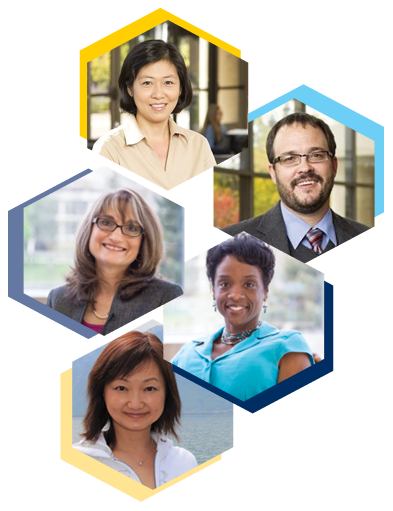By Gary Ashley
The University of Michigan-Flint’s Alternative Spring Break (ASB) program enables students to learn about issues such as homelessness, poverty, hunger, violence, environmental issues, and complex social and cultural issues. Students listen to and understand community needs and continue a commitment to community service and social change. This year, instead of travelling to other areas to volunteer, the ASB board decided to stay back and serve with the Flint community.
ASB 2015 focused on: education, homelessness and hunger, animals, urban gardening, urban renewal and underprivileged children. From those topic areas, the board decided to work with the following sites: Boys and Girls Club, Carriage Town Ministries, Dailey Elementary School, Food Bank of Eastern Michigan, Habitat for Humanity, Humane Society, Kind Karate, North End Soup Kitchen and Salem Housing. We had 61 individual students volunteer throughout the week of spring break, for a total of 188 service days. At 5 hours per day, the students donated approximately 940 hours throughout the week. According to the Independent Sector, these hours can be billed at $22.13 per hour for $20,802.20 worth of service. The University of Michigan-Flint students once again made a colossal impact on the Flint community and beyond!
What ASB Alumni are saying about the program:
“Alternative Spring Break has been one of the most rewarding experiences during my tenure as an undergraduate and even alumni. To the critics that think that going on vacation is going to be a much more enjoyable experience, I can prove you wrong. Aside from monetary reasons, you are giving back to the community in several different areas. With our busy lives, it’s sometimes hard to volunteer a few hours in a week let alone give up a whole week to do so. Not only can you actually make a larger impact with a week, but you can see things actually get accomplished. One of the projects that was done during one of the years that I volunteered for Alternative Spring Break was a wheelchair ramp for a disabled Veteran. Not only do you get to see the completed project, but we got to see the emotional reaction from the Veteran that touched everyone involved. The best part is you get to meet new people that share the same passion for volunteering as you do.”
“Finding an organized way to get involved in the community can be a difficult task. One of the things that I loved most about ASB was how easy it was to get involved in a handful of organizations in just one week. To me, ASB was about more than just volunteering. Being a part of the ASB team was an amazing experience that created lasting friendships with the students involved, and a permanent attachment to the community which we served. These friendships and relationships don’t simply end when the week is over, or even when you graduate. I have been a part of ASB for the last 4 years so it is not something that fades away. The memories stay with you, and it has a lasting impact on who you are, especially who you are as it relates to the community that surrounds you. That is why I think it is so important to stay involved in one way or another, even after graduation. Participating as an alumni reinforces relationships, builds stronger connections, and closer bonds between you and the people you serve and serve with. The impression that it leaves is permanent, and will always leave the desire to reach out to those in need. ASB truly does last a lifetime.”
“My favorite part about Alternative Spring Break is staying at Carriage Town Ministries. By staying in their success houses, students are able to get a different perspective on the homeless population and on the city of Flint. Additionally, the houses provide an environment for students to bond and connect. At the end of the week, total strangers come out as friends, brought together by a desire to do service. My goal as a board members is to help people make connections, see the importance of service, and reflect on how those things fit into their lives. Those goals are achieved through the setting of Carriage Town Ministries.”
Alternative Spring Break 2015 would not have taken place without the generosity of Student Government, Campus Den, Community Foundation of Greater Flint, Campus Activities Board, the Alumni Association, the Flint Crepe Company and Tropical Smoothie Café. We were able to travel Detroit on Friday for a thank you, an educational trip and also to make the connections between Flint and Detroit. Through Alternative Spring Break, this year we were able to work alongside the community that we all either live, work, or go to school in. We are looking forward to another great year in 2016!
